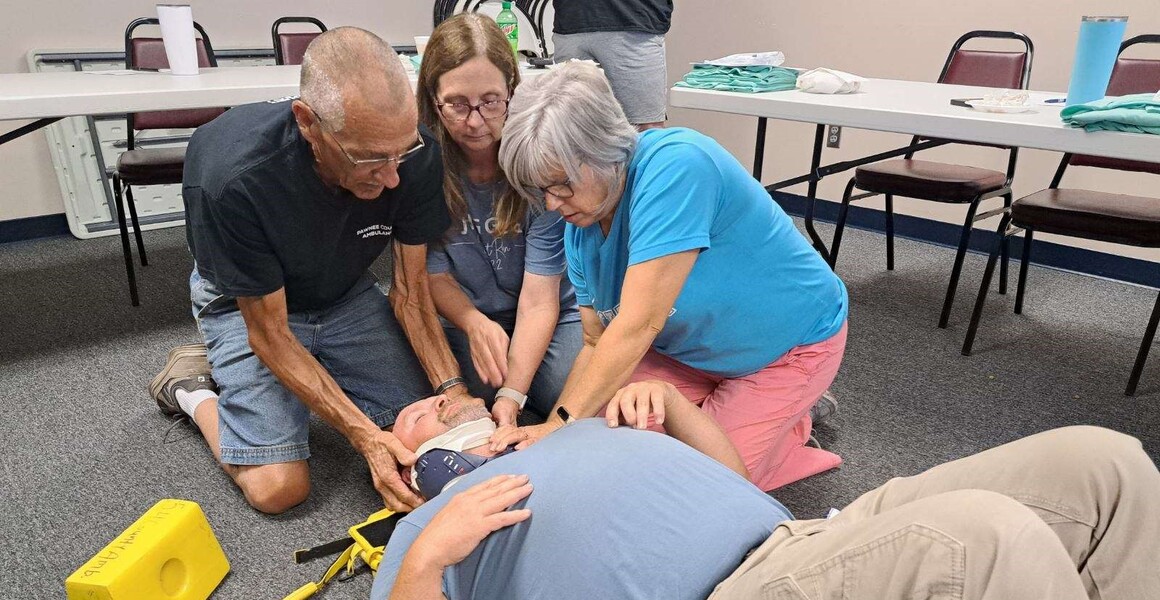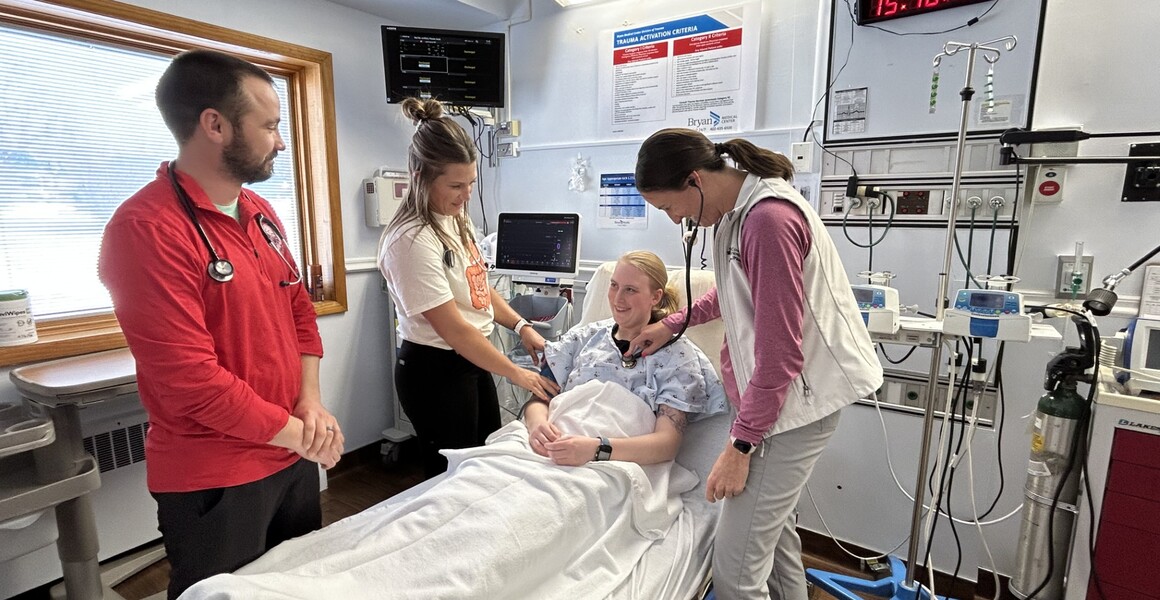Vertigo
By Dr. Abby Hanzlicek
Vertigo creates a sensation of spinning or dizziness, even when you are not moving. People with vertigo often feel as though they or their surroundings are spinning. It can significantly impact quality of life. It is typically associated with problems of the inner ear or the brain.
One of the most common causes is benign paroxysmal positional vertigo. It occurs when tiny crystals in the inner ear become dislodged and move which disrupts balance. Meniere’s disease is another cause. It involves fluid buildup in the inner ear and can lead to vertigo, hearing loss and ringing in the ears (tinnitus). Vestibular neuritis or labyrinthitis is due to inflammation of the vestibular nerve or inner ear which is commonly caused by viral infections. Migraines can also trigger vertigo. Other causes could include medications, stroke, multiple sclerosis and head injuries.
Symptoms typically include a spinning sensation, which often causes nausea and vomiting, balance issues, sweating, nystagmus (abnormal eye movements), and ringing in the ears (in some cases). Symptoms can last up to several hours or they may come and go. Diagnosis can typically be made with a detailed medical history, as well as physical and neurological examinations. Certain maneuvers can be completed to attempt to illicit symptoms. In more complex cases, an MRI or CT scan may be warranted.
Treatment depends on the underlying cause, but physical therapy can be beneficial to help reposition displaced inner ear crystals or improve balance. Medications can help with symptoms relief. Avoiding triggers such as sudden movements can be helpful. As a last resort, sometimes, surgery can be an option. Vertigo can be distressing, but it is also manageable.










